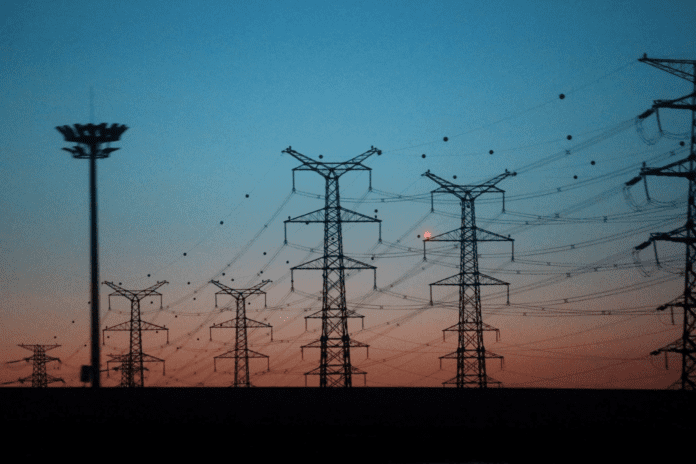Kenya is making notable progress toward achieving universal electricity access under Sustainable Development Goal 7 (SDG7), bringing the country closer to meeting the target by 2030.
According to the latest electrification and electricity demand report by the International Energy Agency (IEA), Kenya’s electricity access rate reached 79 percent in 2023. The report highlights this as a strong indicator of progress, supported by a steady rise in electricity demand, which has grown at an annual rate of 3.2 percent from 2018 to 2024.
The IEA projects that Kenya’s electrification efforts will gain further momentum in the coming years, with electricity demand expected to increase at an annual rate of 6.5 percent between 2025 and 2027. The Last Mile Connectivity Project (LMCP), which has facilitated electricity access to nearly 750,000 households since its inception in 2015, is cited as a key driver of this progress.
Additionally, Kenya’s electricity supply is largely generated from clean energy, with renewable sources contributing 90 percent to the national grid. Several low-emission projects are also in development to further enhance sustainability.
“We anticipate Kenya will continue to see strong growth in renewables, rising annually by six per cent over the next three years,” the report states.
The report further notes that wind and solar power have recorded significant annual growth rates from 2018 to 2024, with wind energy expanding by 63 percent and solar photovoltaic (PV) by 34 percent. Over the 2025–2027 period, wind generation is expected to grow by 12 percent annually, while solar PV is projected to increase by 28 percent. Among the renewable projects currently underway is a 42-megawatt solar PV plant at the Seven Forks Dam, scheduled to be operational by 2027.
Geothermal energy remains the country’s leading source of electricity, accounting for 41 percent of total power generation in 2024. Despite this, Kenya has significant untapped geothermal potential, with estimates ranging between 7,000 and 10,000 megawatts in the Rift Valley region.
The Geothermal Development Company (GDC) plans to expand the country’s geothermal capacity by developing 465 megawatts in the Menengai steam field in five phases. This initiative is expected to provide electricity to nearly half a million households.
“The Menengai III plant (35 MW) began operations in 2023, and Menengai II (35 MW) is slated for completion by 2025,” the IEA stated.
Kenya also plans to develop 800 megawatts in the Baringo-Silali geothermal block while rehabilitating older geothermal plants to enhance efficiency. Several large hydropower projects are set to begin operations between 2031 and 2032, including the 700-megawatt High Grand Falls Power Station.
Although small-scale hydropower potential in Kenya is estimated at 3,000 megawatts, only 15 megawatts have been integrated into the national grid. To diversify its energy mix, the country is also working toward nuclear power, with plans to begin constructing its first nuclear plant in 2027. The facility is expected to be operational by 2034.
On a global scale, the IEA predicts electricity consumption will grow at an annual rate of nearly four percent through 2027. This increase will be driven by expanding industrial production, rising demand for air conditioning, the accelerating transition to electric transport, and the rapid expansion of data centres.







